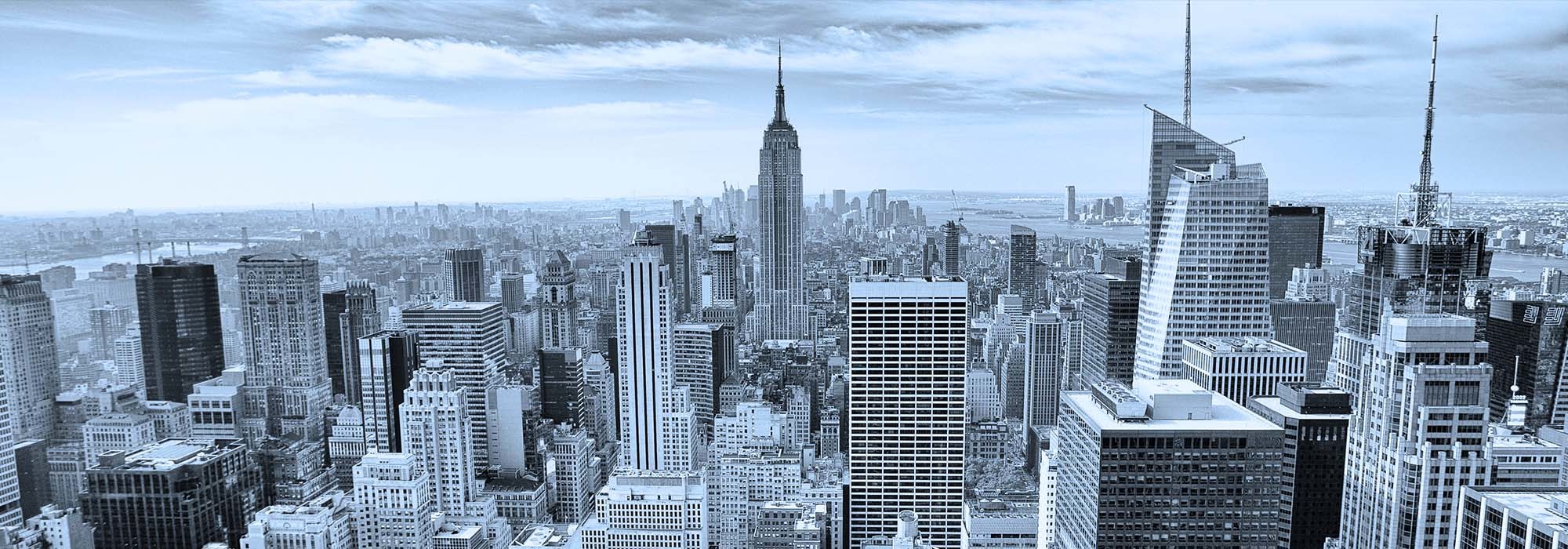There has been a recent change in the New York City (NYC) Department of Buildings (DOB) Building Code, which must be addressed by January 1, 2020, for elevators to be in compliance with ASME A17.3. This code change has enormous implications; in fact, the provision impacts up to 40,000 elevators out of the 65,000 throughout the city. It addresses a specific safety issue: that an elevator car will never move with its doors open. Unfortunately, that hasn’t always proved true.
Door Lock Monitoring
Door-lock monitoring (DLM) which is sometimes referred to as “redundancy,” has been included in 17.3 code 2002 and is in elevator controls built to meet 2000 or subsequent codes. This means that most microprocessor-based controllers built since 2000 (and a few relay-based systems built earlier) either come with monitor circuitry already installed or can be connected to devices that have door fault-monitoring capability. The problem NYC face comes from the vast number of elevators in the city using legacy equipment, which will not easily permit fault monitoring to be added
How DLM Works?
In simple terms, an elevator “knows” when to close its doors and depart from a landing, because the controller sends it a signal to do so. The signal is created when monitoring sensors within the car door gate switch make contact with sensors in the interlock on the landing door, completing an electrical circuit that lets the controller know it’s safe to move the elevator. This means the product meets the new NYC code provision by constantly monitoring the car and preventing operation with the doors open.
Impact from the Upcoming Deadline
Some property owners/managers are only now starting to consider how the 2020 code change will affect them. Considering that up to 40,000 elevators could be impacted, this has become a cause for concern for many.
On the bright side, the code only stipulates what the change is and when it must be implemented. It doesn’t require that existing equipment be changed; some equipment could simply be upgraded to comply. Modernizing of an elevator can be done at a fraction of the cost of an entirely new system. And, while there may be some who will see any expense to address code compliance as a burden, the liability associated with noncompliance is huge. In addition to loss of service, it can include fines, canceled insurance coverage, legal liabilities and massive inconvenience to tenants.
What do I need?
To address each existing elevator the owner/building manager should consider the following rough guidelines in preparation for code compliance.
- Elevators installed or modernized before July 1, 2009: will likely need a software update and possibly a hardware update.
- Controllers installed or modernized after July 1, 2009: may be compliant. This needs to be confirmed by an elevator contractor, especially the Firefighter’s Service Phase II exception which may need a software update.
- Equipment Installed or modernized after August 1, 2017: should be compliant, but this needs to be confirmed as some vendors were still shipping none compliant equipment manufactured prior to code requirement through early 2018.
- Also note that modernization of controllers and door equipment going forward will be compliant, so this is a viable method of achieving compliance if it will be completed by January 1, 2020.
This is merely a guideline, and although it may have been required by code when the equipment was installed, it doesn’t mean it is operating properly at this time. Each elevator should be inspected by a certified elevator contractor to assure current code compliance.
The Next Code Compliance Upgrade
In addition to the 2020 code situation, professionals also must consider the impact of NYC DOB Building Code Appendix K3 and Rule 3.8.4.1, which must be fulfilled by January 1, 2027. This requirement provides protection against unintentional car movement (UCM) as specified in A17.1 Section 2.19.2. It also requires one to either convert to a dual-plunger brake assembly or incorporate an emergency braking system to prevent UCM and ascending car over-speed (ACO) motion.
Time is running out
Regardless of whether you are targeting the upcoming 2020 compliance deadline, or are being proactive and also thinking ahead to 2027, you should move quickly and consult with Liberty Elevator Corp. on how best to address the situation. The technical solutions are out there, and the costs for them are not prohibitive; indeed, the biggest challenge is time. For the NYC elevator industry, the countdown to compliance is well underway, and it can take up to six weeks just to obtain the necessary city permits to proceed. Waiting much longer could risk failure to meet the compliance deadline.
| Code Link | Contact Us |


